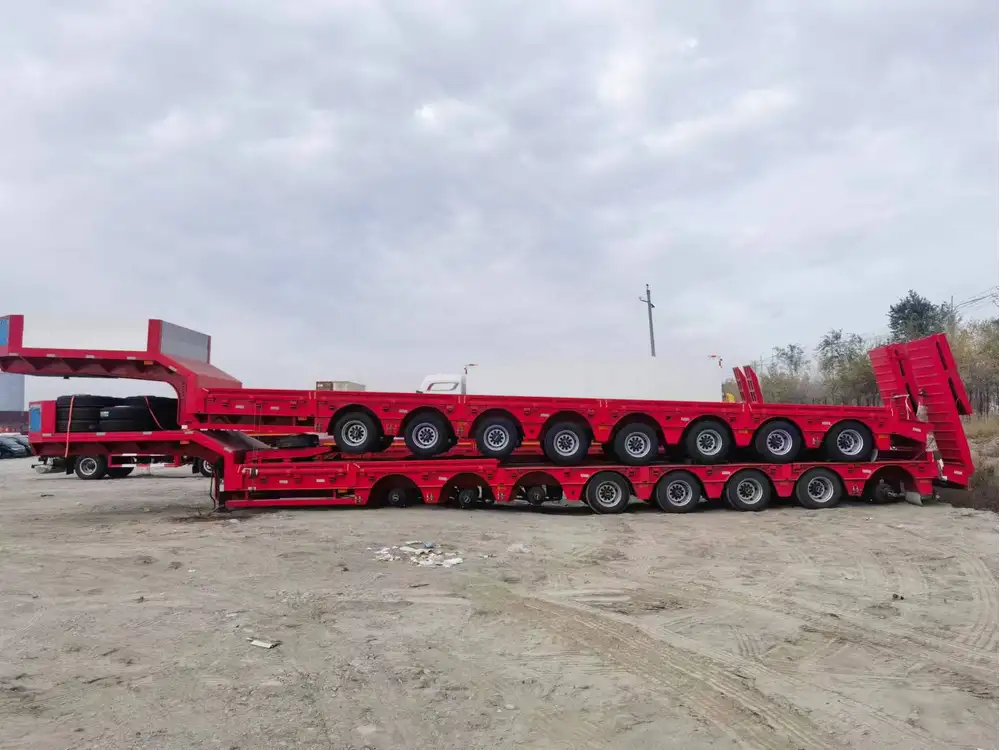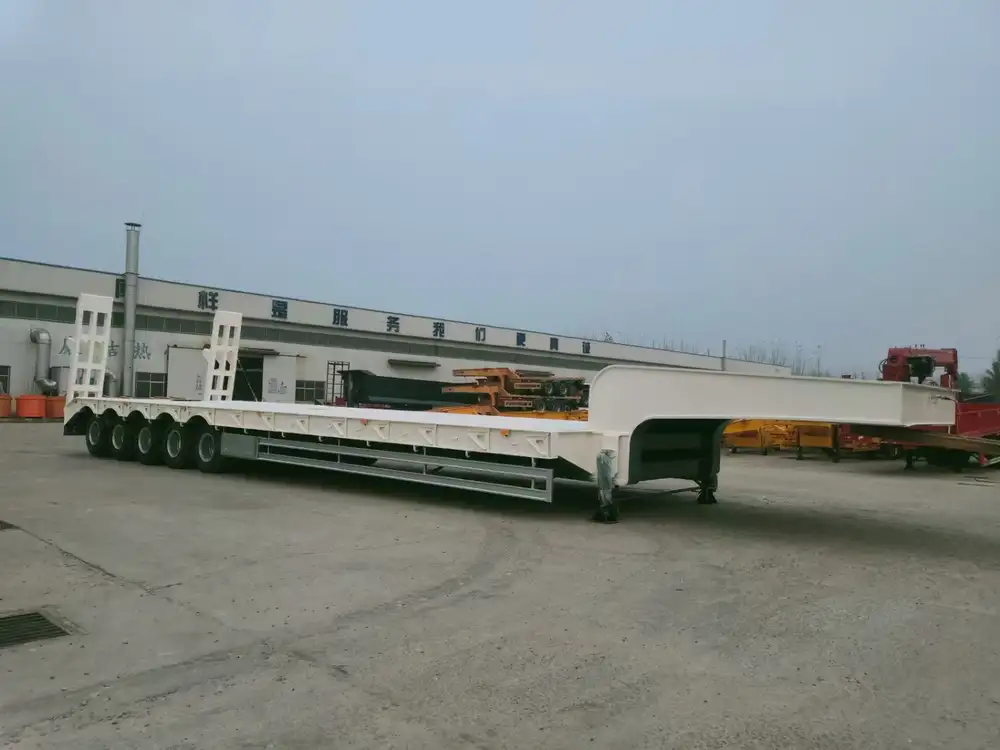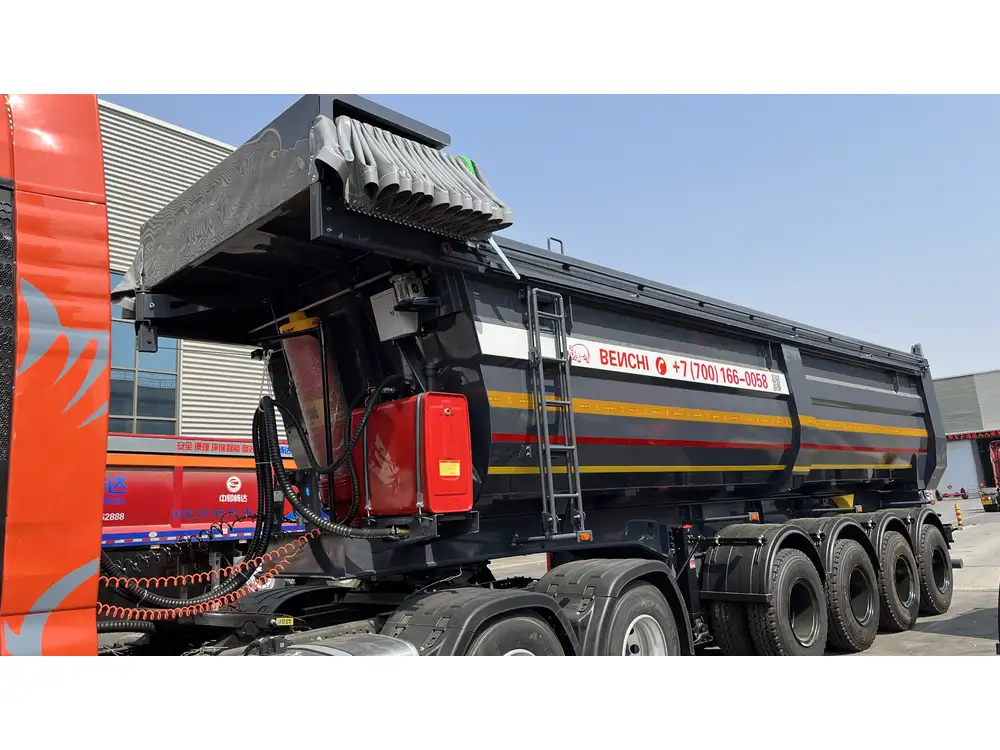When diving into the logistics and transportation sector, a fundamental question arises—how many cubic feet does a 53-foot semi-trailer hold? This knowledge is not only crucial for trucking companies but also for manufacturers, freight brokers, and businesses depending on freight transport. In this article, we delve into the details, volume calculations, implications for transport, and how you can optimize your shipping processes effectively.
Standard Dimensions of a 53-Foot Semi-Trailer
Before quantifying the volume, it’s essential to understand the standard dimensions of a 53-foot semi-trailer. Generally, a semi-trailer designed for freight transport has specific height, width, and length measurements that affect its total cubic capacity.
| Dimension | Measurement |
|---|---|
| Length | 53 feet (636 inches) |
| Width | 8.5 feet (102 inches) |
| Height | 13.5 feet (162 inches) |
Calculating The Volume
To determine the cubic feet of a 53-foot semi-trailer, we utilize the fundamental formula for volume:
[ \text{Volume} = \text{Length} \times \text{Width} \times \text{Height} ]In our case:
- Length in feet: 53
- Width in feet: 8.5
- Height in feet: 13.5
Calculating this gives:
[ \text{Volume} = 53 \, \text{ft} \times 8.5 \, \text{ft} \times 13.5 \, \text{ft} = 6,320.25 \, \text{cubic feet} ]
The Importance of Volume Calculation
Understanding the cubic capacity of a 53-foot semi-trailer has significant implications:
- Load Optimization: Businesses can maximize their loads without exceeding weight limits, ensuring efficiency and cost-effectiveness.
- Space Management: Knowledge of volume helps in planning and organizing loads, preventing damages, enabling more secure shipments.
- Regulatory Compliance: Understanding the full capacity assists in staying compliant with transport regulations regarding weight and dimensions.
Types of Cargo that Fit within a 53-Foot Semi-Trailer
The spacious design of 53-foot semi-trailers accommodates a vast spectrum of freight. Here, we categorize potential cargo types, allowing businesses to visualize what can be transported:
General Freight
- Electronics: Appliances, computers, and electronic gadgets.
- Consumer Goods: Clothing, various retail products, packed food items.

Specialized Freight
- Automotive Parts: Engine components, tires, and vehicle accessories.
- Building Materials: Lumber, drywall, and metal frames.
Liquid and Bulk Freight
- Transportation of liquids (if utilizing tank trailers) includes fuels and chemicals.
- Dry bulk goods like grains and powders can also be carried using bulk trailers.
Calculating Payload Capacity
To grasp the potential of a 53-foot semi-trailer fully, we must factor in its payload capacity. This capacity includes both the volume and the truck’s weight limits, often dictated by federal regulations.

Weight Considerations
Typically, a 53-foot semi-trailer can carry a maximum weight limit of around 80,000 pounds on highways. This encompasses the combined weight of the truck, trailer, and cargo.
Payload Calculation Framework
| Factor | Measurement |
|---|---|
| Maximum Gross Weight | 80,000 lbs |
| Empty Semi-Trailer Weight | ~15,000 lbs |
| Available Payload | 65,000 lbs (approx) |
This means truck operators must balance the weight of the cargo to ensure they remain within compliance while maximizing space utilization.
Practical Applications of Trailer Volume Data
Understanding how many cubic feet are in a 53-foot semi-trailer goes beyond mere calculations. Here are ways this information can be beneficial for logistics professionals:

Route Planning
Plan optimal routes by integrating cargo volume and weight limits, enhancing delivery timelines and fuel efficiency.
Cost Management
Accurately calculating the cube allows for precise logistics budgeting. Businesses can expect greater financial outcomes through effective utilization of trailer space.
Inventory Management
Make informed purchasing decisions based on volume logistics, improving inventory turnover rates and reducing excess storage costs.

Reduced Waste
Knowing how many cubic feet in a semi-trailer enables businesses to minimize waste during transport, ensuring they utilize every inch of available space.
Challenges and Considerations in Load Optimization
While maximizing cubic feet is a priority, several challenges can arise during logistics management. Addressing these requires strategic planning.
Overloading Risks
Overloading a semi-trailer can lead to severe penalties, hazardous driving conditions, and increased wear on vehicle components. It’s essential to stay informed about state regulations and display applicable weight monitoring equipment.

Damage Control
Inadequate loading techniques can lead to cargo damage. Implementing proper packing methods and securing loads minimizes this risk.
Dimensions and Compatibility
Some cargo may not fit within the standard dimensions due to packaging design or shapes. Having substitute options or custom solutions can help mitigate inefficiencies.
Transport Industry Innovations
The transportation sector is transforming rapidly, leading to innovative solutions that address the challenges tied to load capacity and efficiency.

Telematics Systems
Modern trailers often incorporate telematics for real-time tracking, ensuring optimal space monitoring, weight distribution, and route navigation.
Artificial Intelligence
AI-driven logistics solutions analyze data, guiding businesses toward best practices for volume optimization, weight distributions, and predicting necessary yield.
Sustainable Practices
With the rise of eco-conscious logistics, understanding volume can help in making more sustainable transport decisions, reducing carbon footprints, and enhancing overall efficiency.

Concluding Insights
Knowing how many cubic feet fit into a 53-foot semi-trailer is not merely a mathematical exercise—it’s an essential aspect of freight and logistics management that allows for better planning, cost efficiencies, and compliance with regulations. As this industry continually evolves, embracing technological advancements and innovative approaches guarantees that businesses remain competitive, streamline operations, and enhance customer satisfaction.
Utilize this understanding to transform how you approach logistics—capitalize on your semi-trailer’s cubic capacity to ensure you’re not just meeting expectations but exceeding them. For further optimization strategies in the transport sector, consider reaching out to industry experts who can provide tailored recommendations to enhance productivity and profitability.



